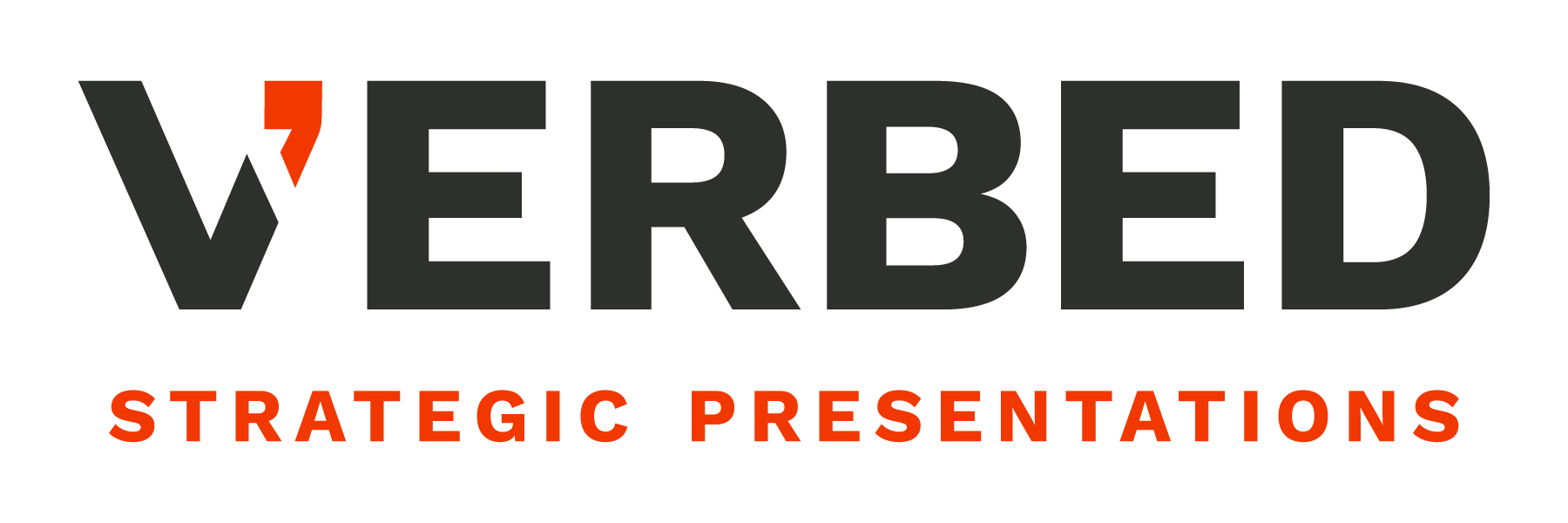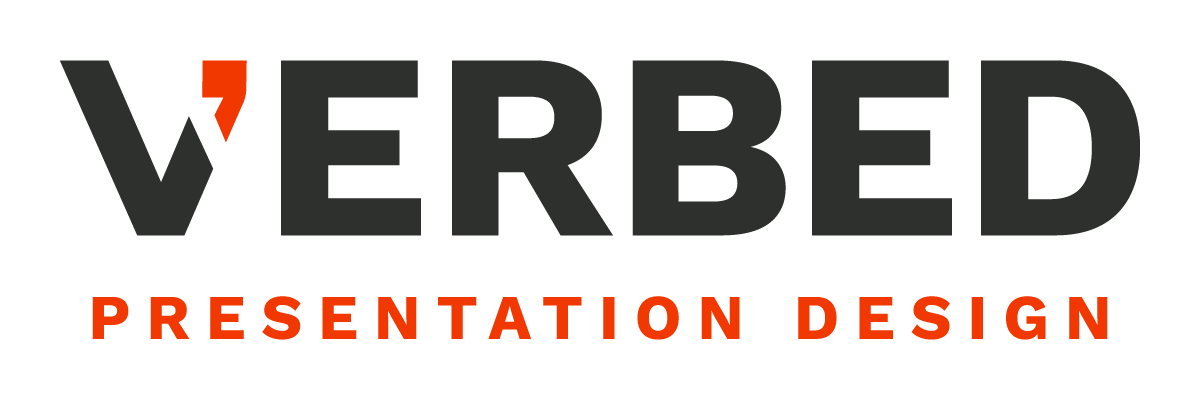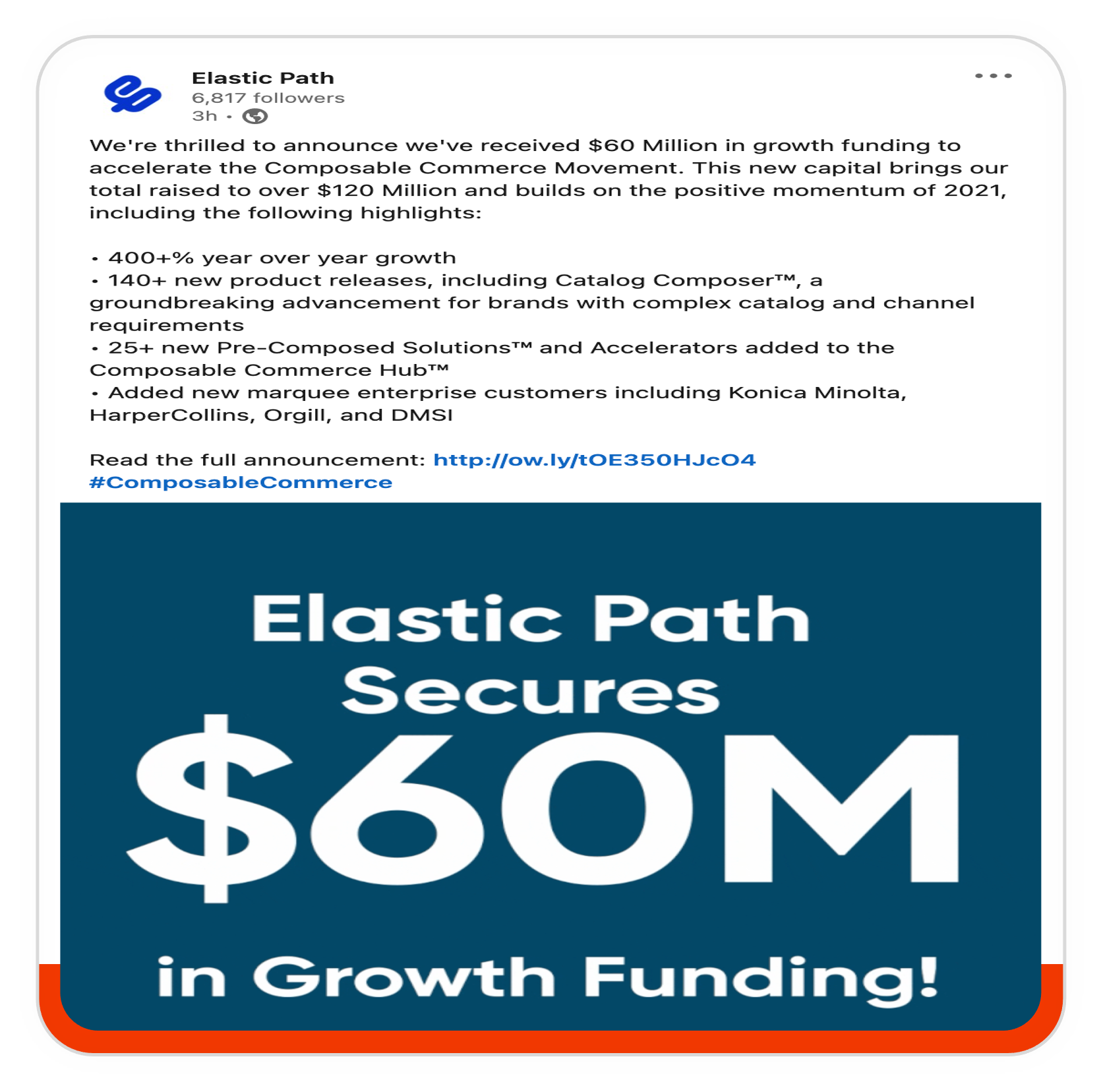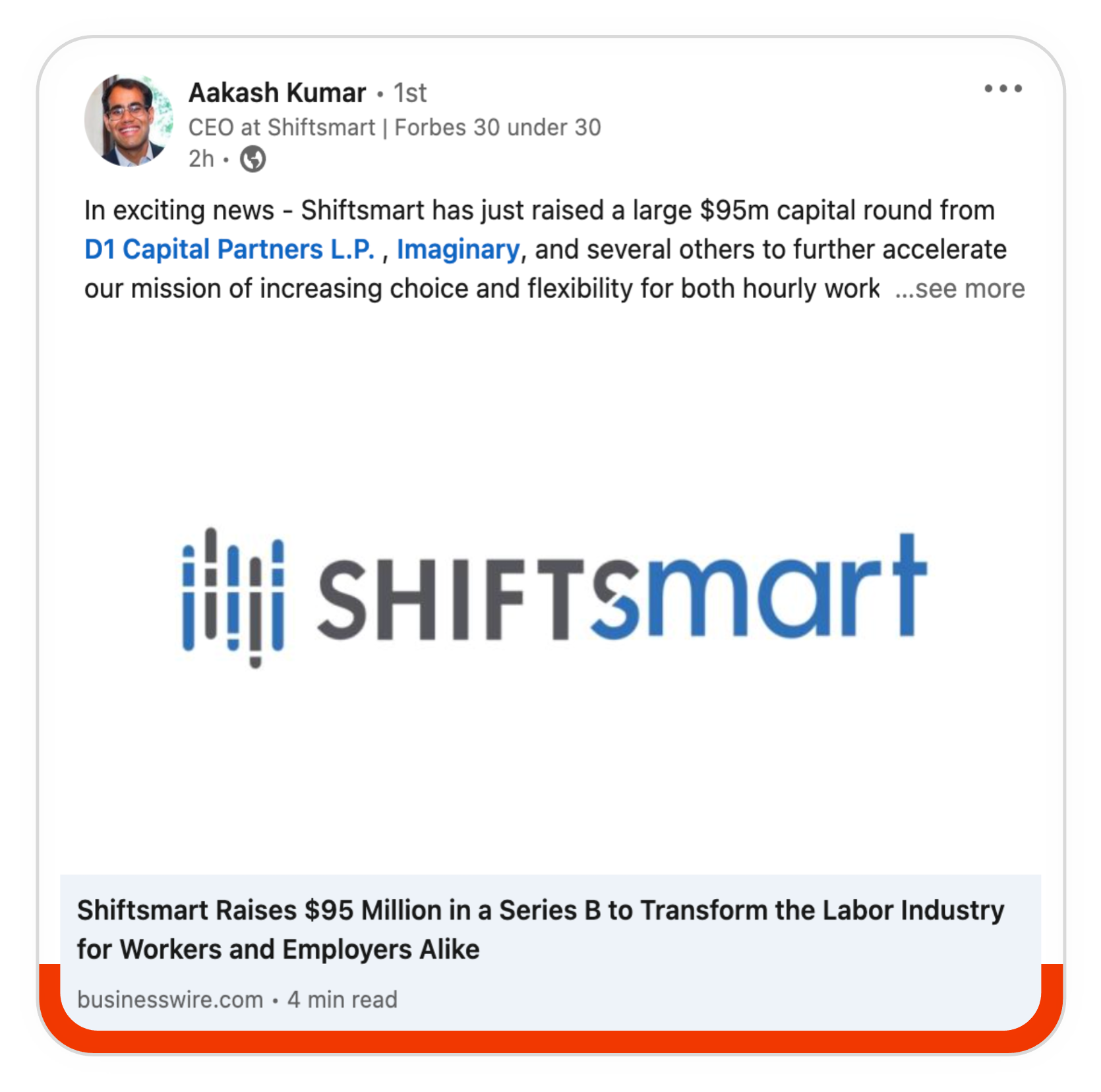The Art and Science Behind Typography (and How to Enhance your Message)
When you think of the word “typography”, what comes to mind? The steady Times New Roman? The cringe-worthy Comic Sans?
Typography does encompass fonts, but it’s so much more than that. It is the complete visual art of creating written words – and there’s science behind it. Typography has a subtle, yet powerful emotional effect on how messages are perceived. It can make statements more believable and induce positive moods.
When you want to express …
… Trustworthiness and Stability:
Select a Serif font like Baskerville, Times New Roman, or Palatino Linotype. Serif fonts have little strokes that curve the ends of letters, and come across as traditional, respectable, and reliable. They have a calming influence on readers, and evoke greater credibility than Sans Serif fonts such as Helvetica, Trebuchet, and Comic Sans.
Source: LogoDesignLove
… Modernity and Simplicity:
Select a Sans Serif font like Arial, Helvetica Neue, or Tahoma. ‘Sans’ means ‘without’, so as you might expect, there are no details or curves at the edges of the characters. These fonts are clean, contemporary, and work great for headlines and short bits of copy.
Sans Serif fonts are a great way to make a statement, but beware – this typeface family can be more difficult to read than Serif fonts, as the characters are blunt and don’t have the same flow.
Source: Dr. Mark Womack
… Calmness and Openness:
Increase your tracking. Tracking is the space between characters. The space can be adjusted so that letters are extremely close together – giving off an air of urgency – or spaced broadly apart, demonstrating calmness, openness, and serenity.
Source: Envatotuts+
… Significance and Value:
Don’t be afraid to use a large font size; small text can quickly get lost. To best emphasize your message, make your keyword several sizes larger than your other text. Clear and easy-to-read copywriting makes your message obvious and transparent – and audiences respond to it. A Click Laboratory study found that moving from a size 10 font to a size 13 font increased conversion rate by 133%.
Resource: Design Shack
… Anything at All:
Stay away from Comic Sans! Besides being one of the most despised fonts by designers and the public alike, it can evoke a huge range of emotions. Most fonts stir up one general emotion in people. However, Comic Sans induces everything from agitation and distraction, to amusement and stimulation.
To reinforce our point, see how some of the world’s biggest brands look with a Comic Sans logo:
Source: irkitated
Additional Resources
1) Font Table
Wichita State University’s Software Usability Research Laboratory conducted a survey in 2006 to determine the perception of fonts and their perceived personality traits and uses. The full breakdown is below:
2) Google Fonts
Google Fonts has a massive catalogue of open source fonts you can download for free.
3) Typography E-course
Inspired to continue typography studies? InVision has a free “Designing with Type” e-course that gets delivered to your inbox weekly.
The bottom line? Typography is an art and a science. Use fonts, sizes, tracking and placements that amplify your message and elicit the feelings you want from your audience.
